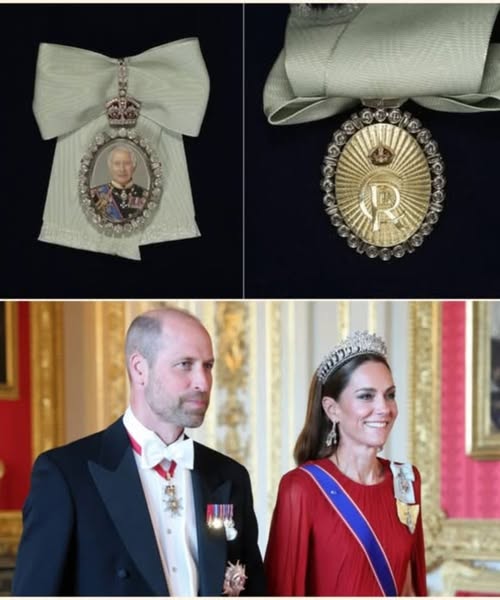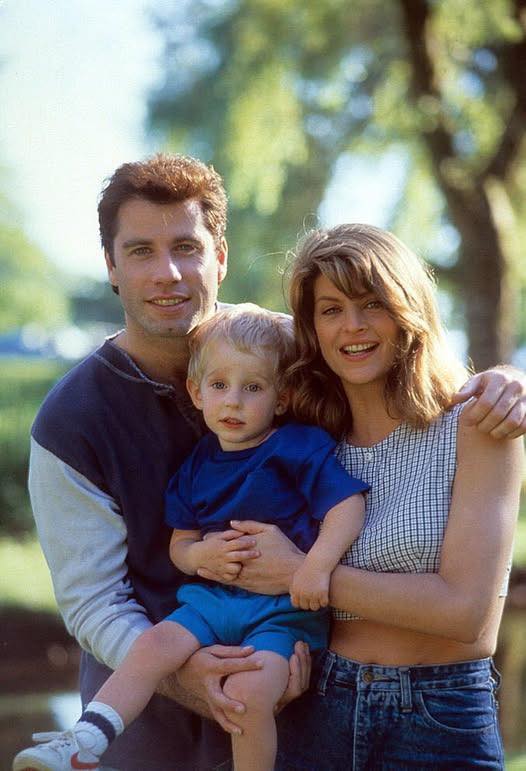
Catherine’s Graceful Return: A Night of Elegance, Legacy, and Quiet Strength
On the evening of July 8, 2025, beneath the vaulted ceilings of Windsor Castle’s St. George’s Hall, the spotlight turned to a woman whose presence alone spoke volumes. Catherine, Princess of Wales, stepped back into public life with a poise that was both regal and deeply human. The occasion—a grand state banquet in honor of French President Emmanuel Macron and First Lady Brigitte Macron—may have celebrated international diplomacy, but for millions watching around the world, it marked something far more profound: Catherine’s first major public engagement since revealing her cancer diagnosis earlier in the year.
As she entered the banquet hall alongside King Charles III, Queen Camilla, and Prince William, the air shifted. Conversations quieted. Even amid the glittering array of foreign dignitaries, military uniforms, and bejeweled tiaras, all eyes turned to the Princess. Her appearance was at once a homecoming and a declaration—a moment that transcended tradition and touched something universally human: the courage it takes to return after pain, to rise with grace in the face of uncertainty.
A Gown That Spoke Without Words
Catherine’s fashion choices have always carried meaning, but that night her ensemble went beyond elegance—it told a story. She wore a crimson floor-length gown by Sarah Burton for Alexander McQueen, the same designer who created her wedding dress over a decade ago. The color—bold, commanding, and rich with symbolism—spoke to her strength and determination. The gown’s dramatic cape, softly sculpted and flowing behind her like a banner, suggested both a regal bearing and the quiet resilience of someone who has weathered a private storm.
Observers noted the way the dress married structure with softness: sharply tailored shoulders gave way to gentle draping, embodying the very qualities that have long defined Catherine’s public persona—grace, discipline, empathy, and resolve. In a room filled with ceremony and formality, her presence carried a rare authenticity. The Princess had not only returned; she had evolved.
Heirlooms of Legacy and Loyalty
The symbolism didn’t end with the gown. Pinned to Catherine’s sash was the Royal Family Order of King Charles III, a distinction awarded at the monarch’s discretion and displayed publicly for the first time that night. It was a tender sign of familial esteem—one father to daughter-in-law, one sovereign to future queen.
Alongside it was Queen Elizabeth II’s Royal Family Order, an emblem that connected Catherine across generations to the monarch who once set the standard for royal service. By wearing both honors, Catherine visually affirmed her place at the heart of a lineage shaped by duty, endurance, and a quiet but unwavering sense of purpose.
Her tiara, too, spoke volumes. The Lover’s Knot Tiara—one of the most iconic pieces associated with Princess Diana—glittered with emotion and history. Known for its timeless pearls and diamonds, it once graced the head of another young Princess of Wales, beloved and scrutinized in equal measure. By choosing it, Catherine paid tribute to her late mother-in-law, subtly acknowledging the shared burdens and expectations that have defined their roles.
Diamond drop earrings, once belonging to Queen Elizabeth II, completed the ensemble. Together, these heirloom pieces symbolized continuity, memory, and the enduring strength of women who serve the Crown—not as figureheads, but as living symbols of unity and resilience.
Beyond Protocol: A Princess Reconnects
Throughout the evening, Catherine moved among guests not with the stiffness of ceremonial obligation, but with genuine warmth and attentiveness. At one table, she and Brigitte Macron shared an easy, unguarded moment—laughing over stories about motherhood and the unpredictability of family life. At another, she spoke passionately with a diplomat about the importance of children’s mental health, a cause she has championed for years.
These weren’t just pleasantries; they were reminders of what Catherine brings to the public sphere. Her interest in people is sincere, her empathy unmistakable. Her return was not merely a matter of palace protocol—it was a reawakening of a voice that had been missed. The Princess was not just showing up; she was connecting.
A Nation’s Quiet Applause
As the banquet drew to a close and Catherine rose from her seat, the applause that rippled through the hall felt different—less ceremonial, more personal. It wasn’t just respect for royalty; it was gratitude for vulnerability. In a world that often hides suffering, she had faced hers with transparency and dignity. Her appearance that night was not about reclaiming a role, but about embodying something far greater: the idea that resilience is possible, and that grace can coexist with struggle.
She reminded Britain—and indeed the world—that healing doesn’t always happen behind closed doors. Sometimes, it means standing once more in the light, head held high, heart still open.
The Woman Behind the Title
In many ways, Catherine’s return was about more than just her—it reflected a broader truth about human perseverance. Royal or not, we all carry invisible battles. But few do so under such a blinding spotlight. And fewer still manage to return to it with such composure and humility.
By walking back into Windsor Castle’s grand halls with strength woven into every thread of her gown, every heirloom on her person, and every quiet smile she offered, the Princess of Wales delivered a message more powerful than any prepared speech: that courage doesn’t always roar—it sometimes arrives dressed in red, moving gently through a room, reminding us all of the quiet power of simply being present.



